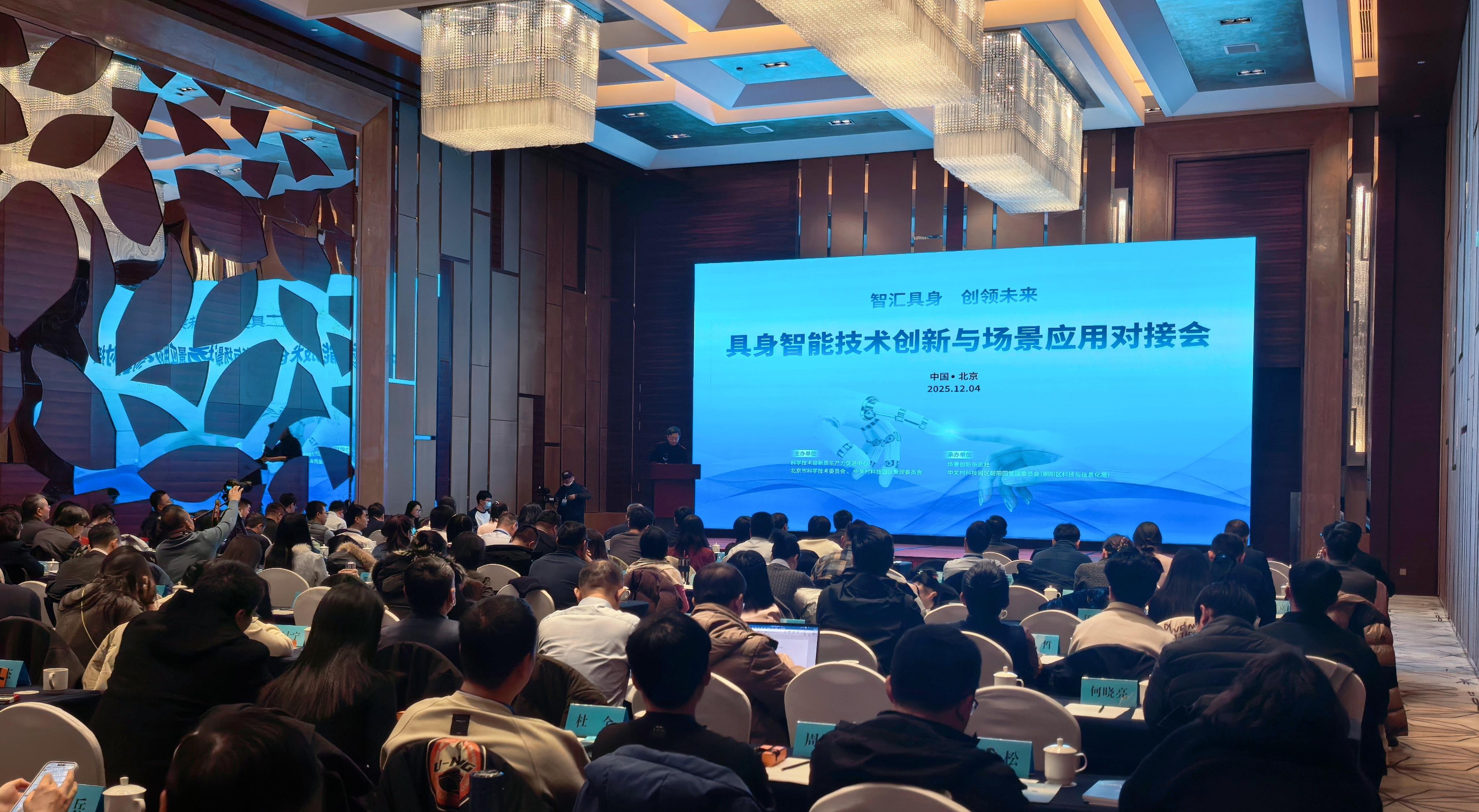Jakarta-Bandung HSR: Chinese Tech Travels Overseas
A high-speed electric multiple unit (EMU) train for the Jakarta-Bandung High-Speed Railway stops at Halim Station in Jakarta, Indonesia. (PHOTO: XINHUA)
By LU Zijian
As the first High-speed Railway (HSR) in Indonesia, the Jakarta-Bandung HSR officially went into operation on October 2, cutting the 142.3 km trip between the two cities from three hours to a blistering 40 minutes.
Chinese standards and wisdom
The Jakarta-Bandung HSR is not only a landmark project between China and Indonesia under the Belt and Road Initiative (BRI), but also the first overseas construction project that has adopted the entire system, elements and industrial chain of China’s HSR.
The system includes sub-systems of the Jakarta-Bandung HSR, such as roadbed, rail, tunnel, communications signal and electric multiple unit (EMU). The EMU train used by the Jakarta-Bandung HSR was custom-made, based on the Fuxing EMU technology platform, by CRRC Qingdao Sifang.
The elements refer to the entire HSR construction and operation, including survey and design, engineering construction, equipment manufacturing, operation management and business development. The track laying machine, CPG500, can lay sleepers weighing 360 kg on their exact location under the rail line and complete 1.5 km of track laying daily.
The engineering machinery, steel rail and train control equipment used by the Jakarta-Bandung HSR, were all produced by Chinese enterprises, covering the whole industrial chain of HSR. The onboard CTCS-3 train control unit meets the operational requirements of 350 km/h and the shortest tracking interval of three minutes.
Many of the latest achievements in China’s HSR technologies have been applied to the construction of the Jakarta-Bandung HSR, such as the advanced precision management control system and the above-mentioned CTCS-3 train control system.
Tackling technological conundrums
However, the geographic features and climate of Indonesia posed a great challenge to the construction of the Jakarta-Bandung HSR.
The crust movement is very active on Java Island, where the HSR is located. The entire line is in a district with a risk of earthquakes at magnitude 8 to 9, and 50 percent of the area that the railway runs through are hills and mountains. All these challenges require a very high standard of construction to resist earthquakes.
The design team first tried to avoid unfavorable geological bodies, like active volcanoes, as much as possible. When that was not possible, measures were taken to minimize the potential risk.
The entrance of one of the tunnels is on a fault zone, and the design team optimized the standard tunnel design through consolidating the surrounding rock, and enlarging the fracture surface to make sure the train is safe when traveling through the tunnel.
The impact of climate change can also not be underestimated. The content of salt fog is very high in the air as the two cities are close to the sea and the intensity of ultraviolet radiation is strong due to the low latitude.
The design team thus adopted a high-standard corrosion resistance solution, applied an advanced and new coating process and protection techniques, enhancing the EMU’s performance of salt fog resistance and ultraviolet aging resistance by 50 percent.
The air conditioning system in the HSR is also optimized accordingly to cope with the high temperature and high humidity in the area.
Specialized for Indonesia
In addition, the design of the stations and trains respect Indonesian culture, aiming to provide a comfortable customer experience.
The four stations of the Jakarta-Bandung HSR were designed based on the Indonesian hand-weaving culture and the beautiful curves of the natural mountains and coasts of the West Java island. The Tegalluar Station in Bandung, which integrates modern technology with the local natural environment, is also a scenic tourist spot.
To meet the needs of Muslims, who make up over 90 percent of the Indonesia population, all four stations are equipped with suitable bathrooms and prayer rooms.
The EMU trains are also full of Indonesian characteristics. The train body is silver and red, inspired by the country’s national flag. The pattern on the link between the front face of the locomotive and the carriage resembles the texture of the Komodo dragon, regarded as a national animal of Indonesia. The chairs are also decorated with designs related to intangible cultural heritage of the country.
As a flagship project under the Belt and Road initiative, the Jakarta-Bandung HSR is sure to offer a great travel experience for local residents.







